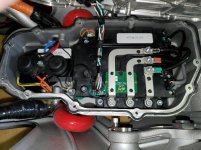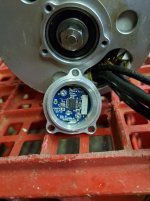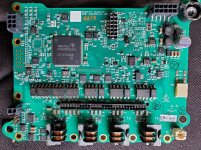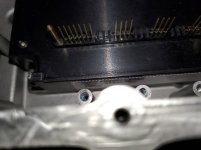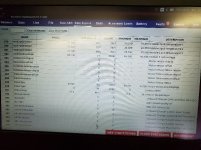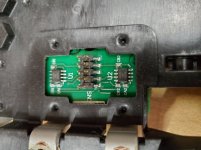thoroughbred
100 W
I need suggestions of how to proceed towards getting an Alta motor and inverter up and running. I think the bike is designed like an electric vehicle with intertwined components run by proprietary software and circuit boards.
Alta OEM is 84S battery feeding Powerex/Mitsubishi IGBTs to spin a Fukuta motor.
I am learning that it is possible to bypass or spoof OEM control circuitry to be able to use electric vehicle drivetrain components in diy projects. I wonder if I can use any of these methods to get my Alta running. Examples include the Lebowski board, VESC board and openinverter.org boards used to get Tesla, Toyota and Nissan motors running. I think there are others like Axium but I think that is a complete unit?
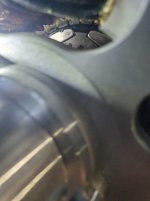
Alta OEM is 84S battery feeding Powerex/Mitsubishi IGBTs to spin a Fukuta motor.
I am learning that it is possible to bypass or spoof OEM control circuitry to be able to use electric vehicle drivetrain components in diy projects. I wonder if I can use any of these methods to get my Alta running. Examples include the Lebowski board, VESC board and openinverter.org boards used to get Tesla, Toyota and Nissan motors running. I think there are others like Axium but I think that is a complete unit?



